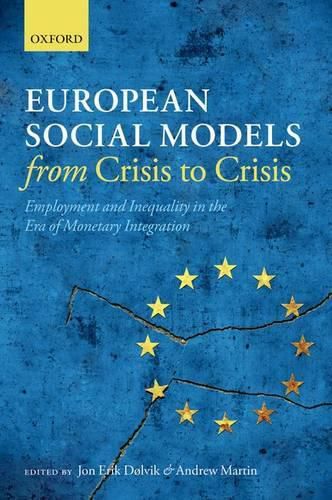Readings Newsletter
Become a Readings Member to make your shopping experience even easier.
Sign in or sign up for free!
You’re not far away from qualifying for FREE standard shipping within Australia
You’ve qualified for FREE standard shipping within Australia
The cart is loading…






Europeans use ‘social models’ to refer to the combination of welfare state, industrial relations, and educational institutions jointly structuring what we can think of as the supply-side of the labor market. The dominant view in controversy over the social models has been that in the name of equity they have impaired the labor market’s efficiency, thereby causing unemployment. But doubt is cast on this supply-side-only diagnosis by powerful macroeconomic developments, from the Europe-wide recession following Germany’s post-unification boom to the deepest economic crisis since the interwar Great Depression, which the Eurozone’s truncated economic governance structure transformed into a sovereign debt crisis, threatening the Euro’s and even EU’s very survival. This book explores the interaction of Europe’s diverse social models with the major developments that shaped their macroeconomic environment over the quarter century since the fall of the Berlin Wall. It concludes that this environment rather than the social models are primarily responsible for the immense social costs of the crisis.
$9.00 standard shipping within Australia
FREE standard shipping within Australia for orders over $100.00
Express & International shipping calculated at checkout
Europeans use ‘social models’ to refer to the combination of welfare state, industrial relations, and educational institutions jointly structuring what we can think of as the supply-side of the labor market. The dominant view in controversy over the social models has been that in the name of equity they have impaired the labor market’s efficiency, thereby causing unemployment. But doubt is cast on this supply-side-only diagnosis by powerful macroeconomic developments, from the Europe-wide recession following Germany’s post-unification boom to the deepest economic crisis since the interwar Great Depression, which the Eurozone’s truncated economic governance structure transformed into a sovereign debt crisis, threatening the Euro’s and even EU’s very survival. This book explores the interaction of Europe’s diverse social models with the major developments that shaped their macroeconomic environment over the quarter century since the fall of the Berlin Wall. It concludes that this environment rather than the social models are primarily responsible for the immense social costs of the crisis.